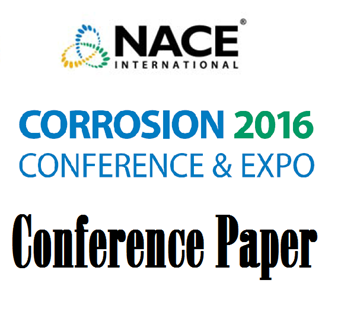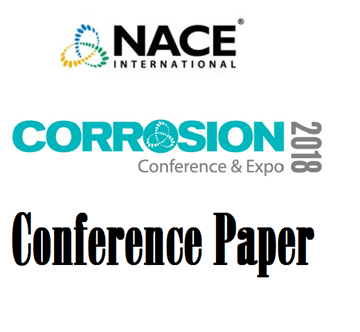Search
11294 Susceptibility of Hydrogen Induced Stress Cracking of Duplex Stainless Steel at Elevated Temperature
Also Purchased
07494 Effect of Plastic Deformation on Hydrogen Induced Cracking (HISC) in Duplex Stainless Steel
Product Number:
51300-07494-SG
ISBN:
07494 2007 CP
Publication Date:
2007
$20.00
51316-6981-HISCC Resistance and Improvement Methods For Duplex and Super Duplex Stainless Steels
Product Number:
51316-6981-SG
ISBN:
6981 2016 CP
Publication Date:
2016
$20.00
51318-10974-Validation of DNV RP F112 for Managing Hydrogen Induced Stress Cracking (HISC) in Super Duplex Stain
Product Number:
51318-10974-SG
Publication Date:
2018
$20.00




